How to Find the Circuit Breaker for a Dead Outlet
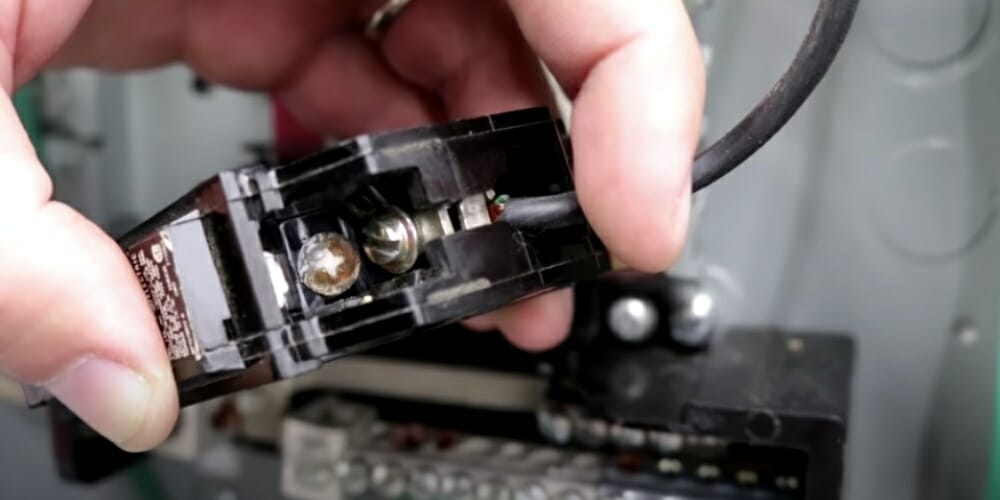
You have to fix a dead outlet sooner or later, and with that comes finding the circuit breaker.
But how can you tell which circuit breaker is the one to switch off? It becomes more daunting if you have many outlets and many circuit breakers. Fortunately, there are certain things to look for that can help you narrow it down. I’ll tell you what to ask and how you should approach it.
In general, to find the circuit breaker for a dead outlet, consider whether it tripped recently, what the outlet was being used for, whether it’s on a dedicated or shared circuit, the type of outlet, and where it’s located. After that, if you’re still unsure, you can switch off the breakers, in turn, to see what does or does not turn on; if you still can’t figure it out, look in your home’s wiring diagram or call an electrician.
What to Look For
Here are some things to ask and look for to help you find the circuit breaker for a dead outlet:
- Did the outlet die recently and trip a circuit breaker?
- Is there a circuit breaker right next to the outlet?
- Are the circuit breakers labeled?
- Was the outlet being used for a single high-power appliance?
- Is the outlet on a dedicated circuit?
- Is it a non-regular outlet (GFCI, AFCI, or 240-volt)?
- Is the outlet on a shared circuit?
I’ll go through each of these scenarios. If one applies in your case, read the relevant section below.
A Tripped Circuit Breaker
If the outlet died recently, the circuit breaker might have tripped.
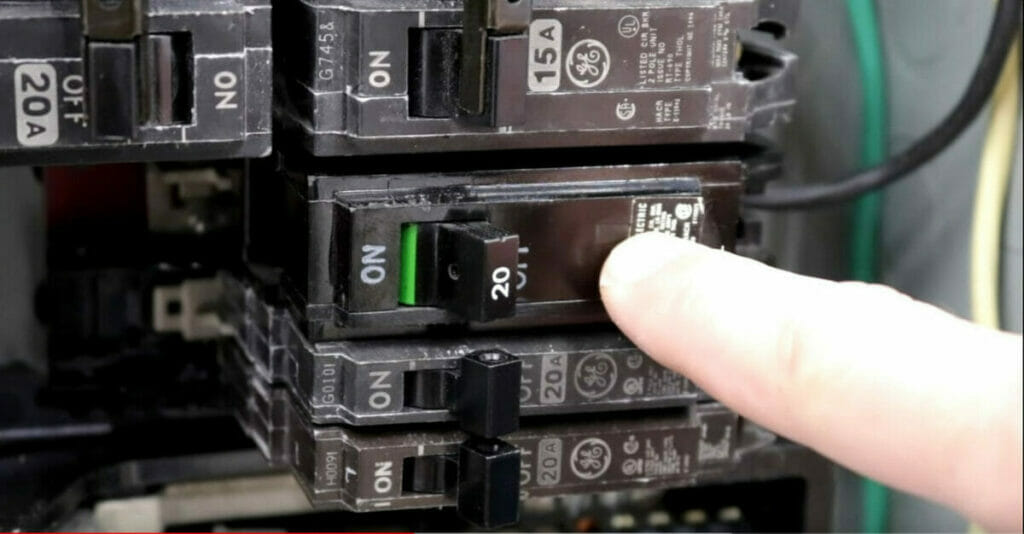
If you see a tripped breaker, it might be the one. Otherwise, continue reading.
Circuit Breakers Next to Outlets
A circuit breaker is sometimes installed next to or attached to an outlet.
This may be so if a particular appliance has external wiring or has no more space for an extra breaker in the panel. It’s also arranged for safety reasons, to allow switching a heavy or critical appliance off quickly in an emergency.
Whatever the reason, switch off that circuit breaker.
Labeled Circuit Breakers
If you were wise to have labeled your circuit breakers, finding the right one will be dead easy.
Go to your main panel and identify the one for that particular outlet or which controls the circuit where the outlet is located. Then switch it off.
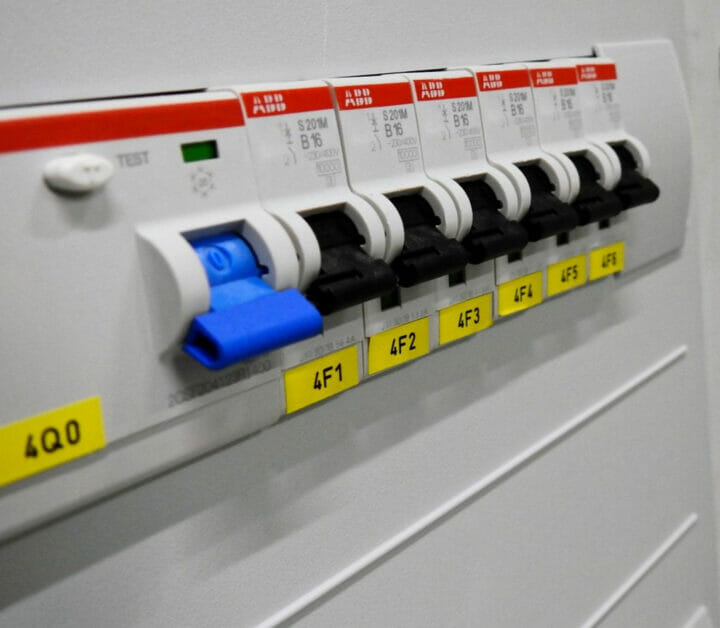
If you don’t have labeled circuit breakers in your panel, now may be a good time to do just that so you don’t have to waste time finding the right circuit breaker again.
Circuit Breakers for High-Powered Appliances
If the outlet is used for a high-power appliance, it’s probably a high-amperage circuit breaker.
There are probably only a few of them, so you should be able to find the right one fairly easily. It might be a 30-amp breaker or higher.
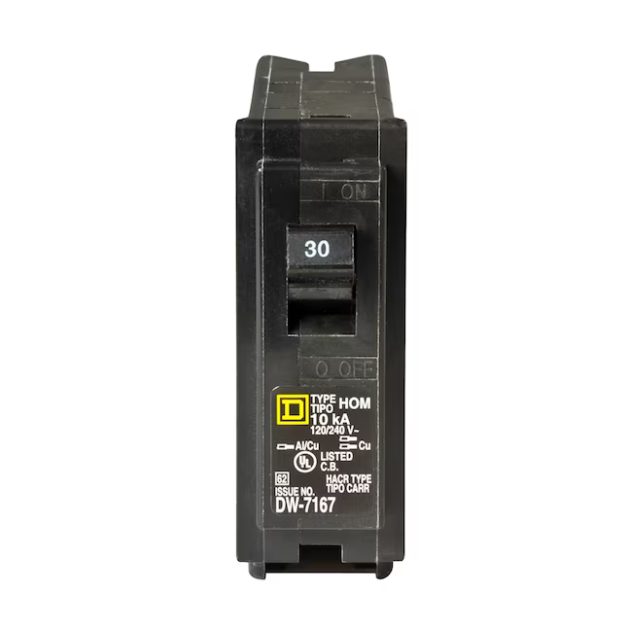
Circuit Breakers on Dedicated Circuits
Dedicated circuits have only a single outlet connected to a single circuit breaker.
Usually, it’s a high-amperage circuit breaker, but it doesn’t have to be.
If you’re switching off the circuit breakers one by one, it will be the one that doesn’t switch off anything. That’s because it’s not connected to any other outlet.
Circuit Breakers for Non-Regular Outlets
Non-regular outlets include GFCI, AFCI, and 240-volt outlets.
A GFCI or AFCI outlet may be connected to a single or 2-pole or more breaker, but a 240-volt outlet will likely have a 2-pole circuit breaker, so it’s easily distinguished.
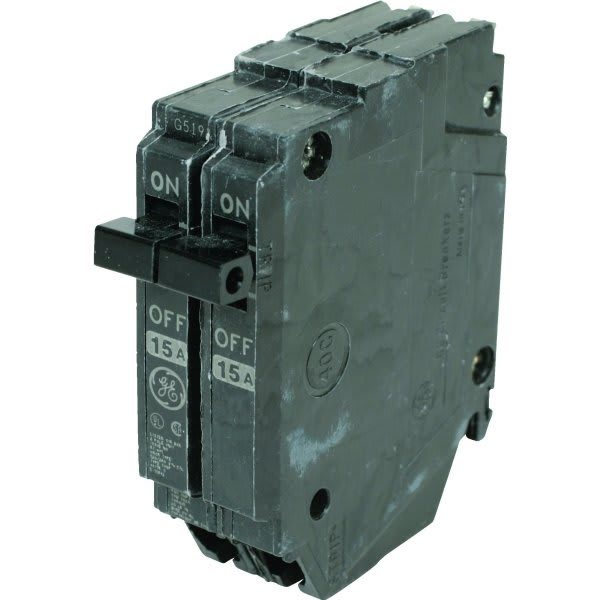
Circuit Breakers for Shared Circuits
If it’s a regular outlet on a shared circuit, you may have also noticed other appliances on the same circuit turn off.
Otherwise, you may have to switch off several circuit breakers one by one until you find the right one. Look out for an appliance connected to another working outlet on the same circuit that turns off when you switch off a circuit breaker.
The Last Attempt
If you’re baffled about finding the right circuit breaker, refer to your home’s electrical wiring diagram or call an electrician.
Appendix
Types of Circuit Breakers
| Types of Dedicated Circuit | Explanation |
|---|---|
| High-amperage | A dedicated circuit has only one outlet connected to a single circuit breaker, which could be a high-amperage circuit breaker. |
| Dedicated circuit | A dedicated circuit has only one outlet connected to a single circuit breaker, and it could be a high-amperage circuit breaker or not. |
| Non-regular outlet | Non-regular outlets include GFCI, AFCI, and 240-volt outlets. A GFCI or AFCI outlet may be connected to a single or 2-pole or more breaker, but a 240-volt outlet will likely have a 2-pole circuit breaker. |
| Shared circuit | A shared circuit has multiple outlets connected to a single circuit breaker. |
References
30-amp Circuit Breaker: https://www.lowes.com/pd/Square-D-Homeline-30-Amp-1-Pole-Standard-Trip-Circuit-Breaker/1010299.
2-pole Circuit Breaker: https://hdsupplysolutions.com/p/siemens-interchangeable-40-30-amp-120-240-volt-2-pole-circuit-breaker-p354015.
Video References
Bill Newberry Second
